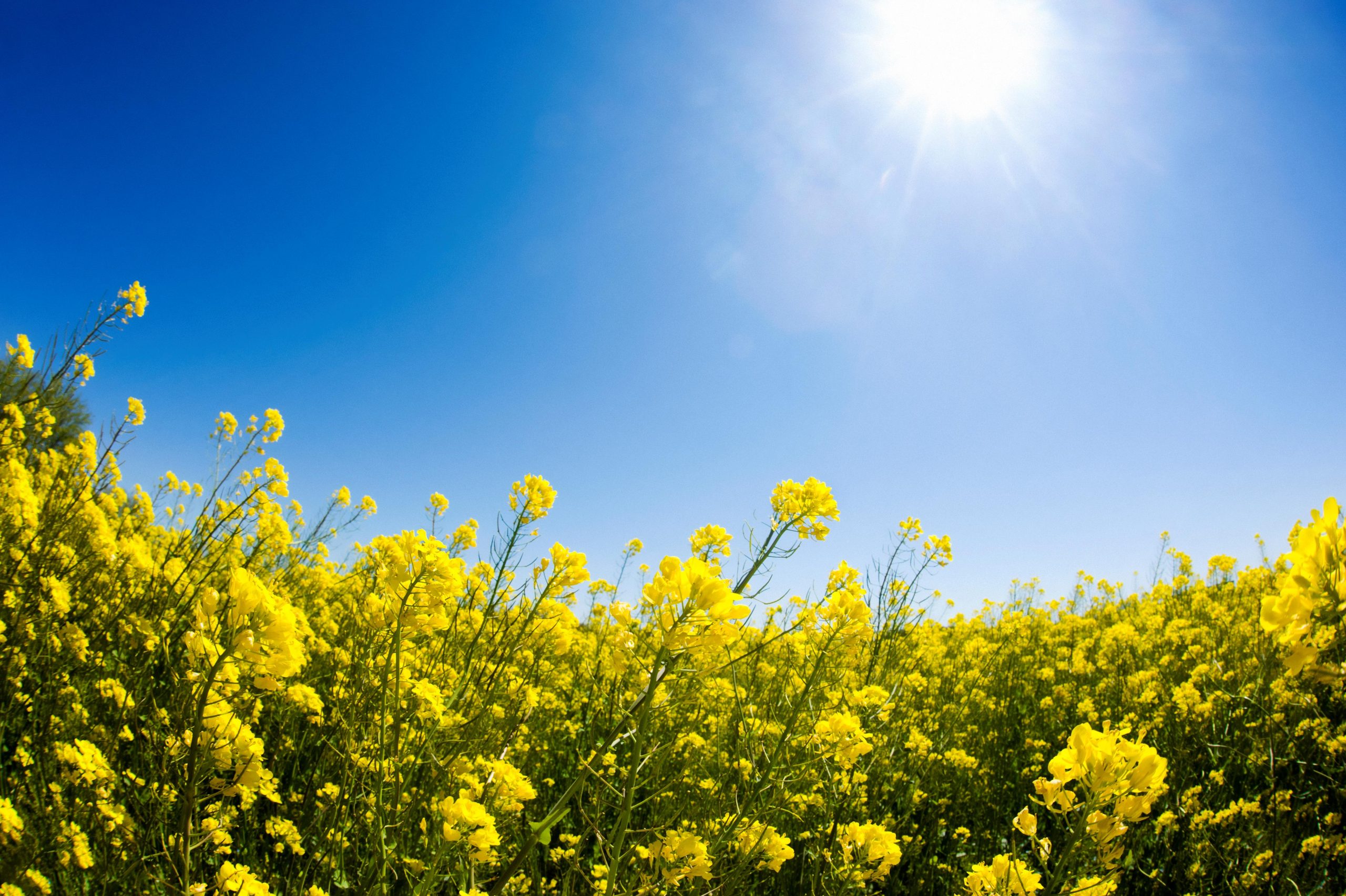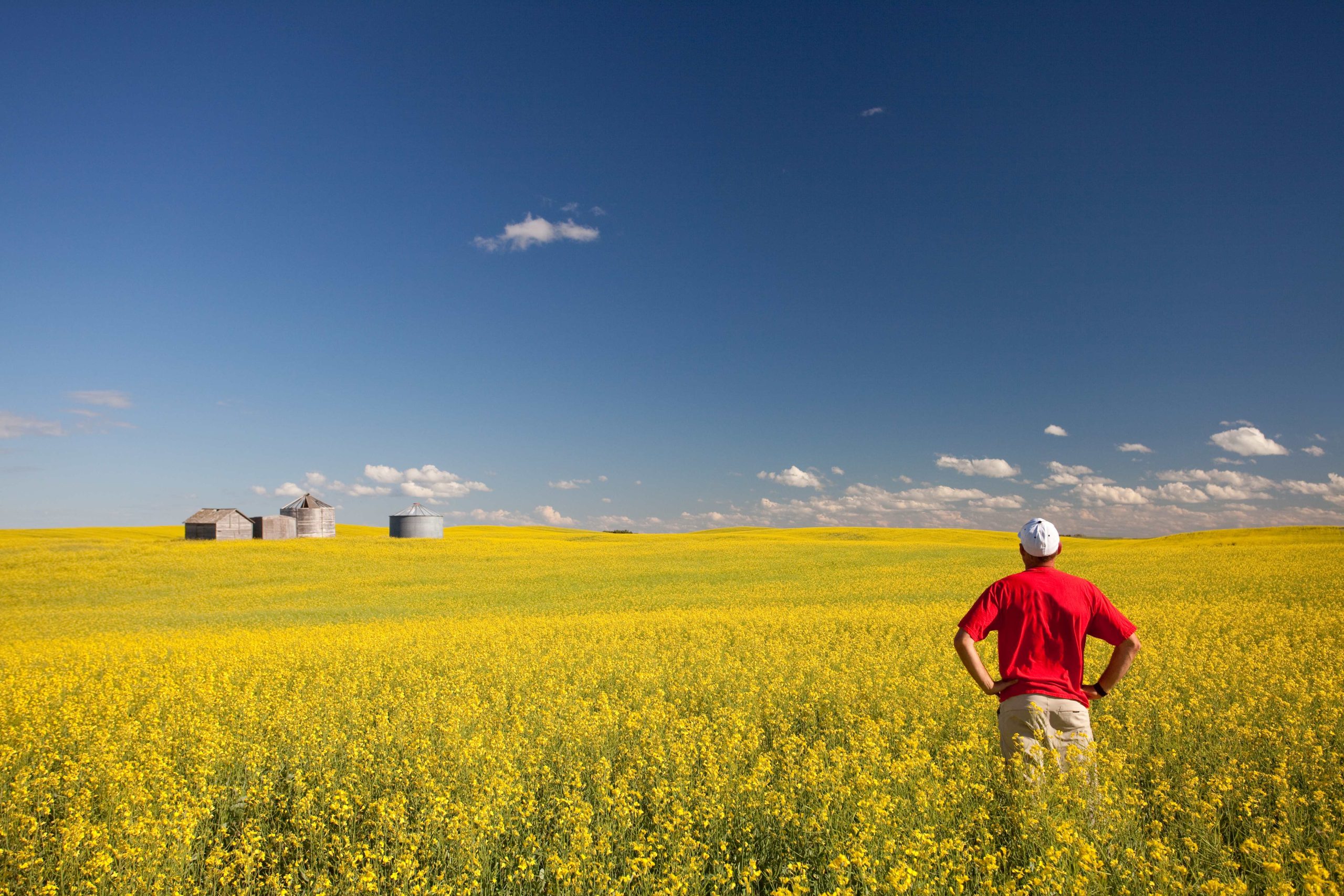

To lead the market in the development and the manufacturing of the most innovative line of plant nutrition products, designed from science to improve plant health and performance, for the agriculture and horticulture industry.
Representatives
Get to know your local OMEX Rep
Retailers
Find our Products in your area
Crop Nutrients
Nutrient Benefits and Visual Guide of Deficiencies

Crop Solutions
OMEX solutions by Crop
Latest News
-
Calcium effect on Kochia and Thistle
Calcium, an essential plant nutrient, can influence the growth and health of various plants, including weeds like Kochia and thistle. However, calcium does not act as a selective herbicide to control these weeds directly. Instead, its effects are more related to plant health and vigor, which indirectly impacts the growth and competitiveness of weeds. Here’s […]
Read More
Testimonials
As a farmer, customer service and technical support is number one in my mind. To be able to reach a rep to talk through a problem is super important.
Andrew Godenir, Godenir Farms Antler, SK








